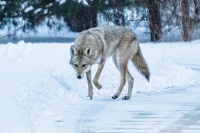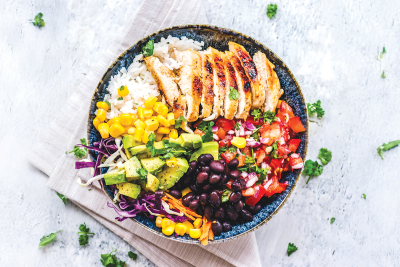Sponsored: The Basics on Grass-Fed Beef

In the meat department of your Ingles Market you can find beef that is labeled "grass-fed" so let's separate the facts from the fiction on grass-fed.
1. ALL beef cattle start off grazing on grasses or are "grass- fed." Beef cattle are ruminants so they eat a variety of perennial grasses, plants and hay
https://www.bigpicturebeef.com/grazing-pasture. When grasses aren't growing due to weather or the season, the cattle are provided with hay and grasses.
2. If cattle remain on grass this is known as "grass-finished." Cattle that are sent to a feedlot and receive a mix of grasses and grains are known as "grain-finished." Because grasses are lower in energy (carbohydrates) it can take longer for grass-finished beef to make their desired weight before being processed for the consumer.
https://extension.psu.edu/grass-fed-beef-production.
3. Much is made of grass-fed beef having a higher level of omega 3-fatty acids but beef, regardless of what the cattle eat, is not considered a good source for omega 3-fatty acids. https://www.beefmagazine.com/beef-quality/grass-fed-vs-grain-fed-ground-beef- no-difference-healthfulness. You are better off getting omega 3-fatty acids from fish like salmon and tuna, plant oils (canola, flaxseed) or from supplements.
Related Items
https://ods.od.nih.gov/factsheets/Omega3FattyAcids-Consumer.
4. Grass-finished/fed beef is typically slightly leaner/lower in fat that grain-finished depending on the cut of beef. Many people can tell the difference between grass-finished and grain-finished beef and often describe the grass-finished beef as having a "grassy" taste.
For more information on NC beef follow @NCbeef on Twitter or go to ncbeef.org
Leah McGrath, RDN, LDN
Ingles Markets Corporate Dietitian
facebook.com/LeahMcgrathDietitian
800-334-4936













